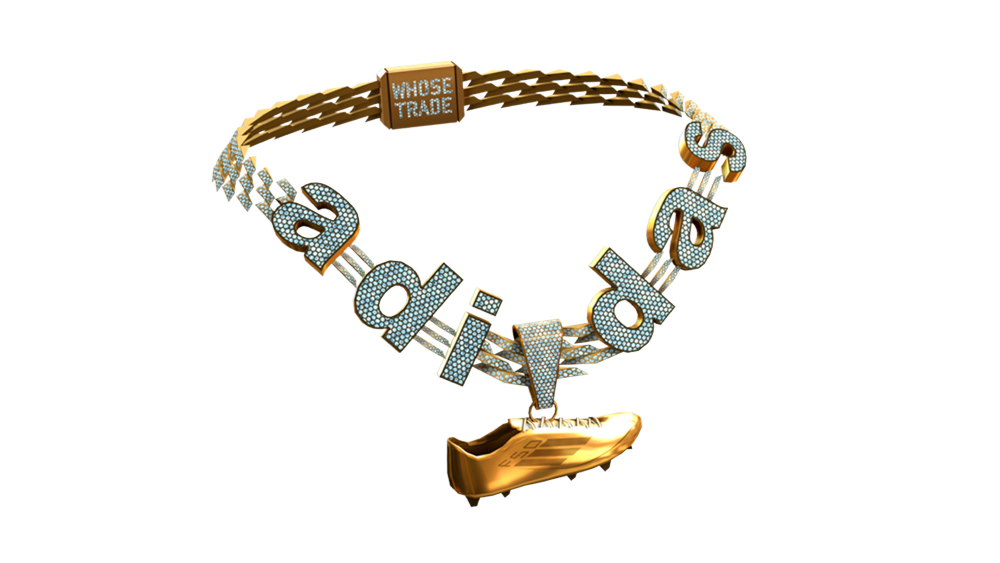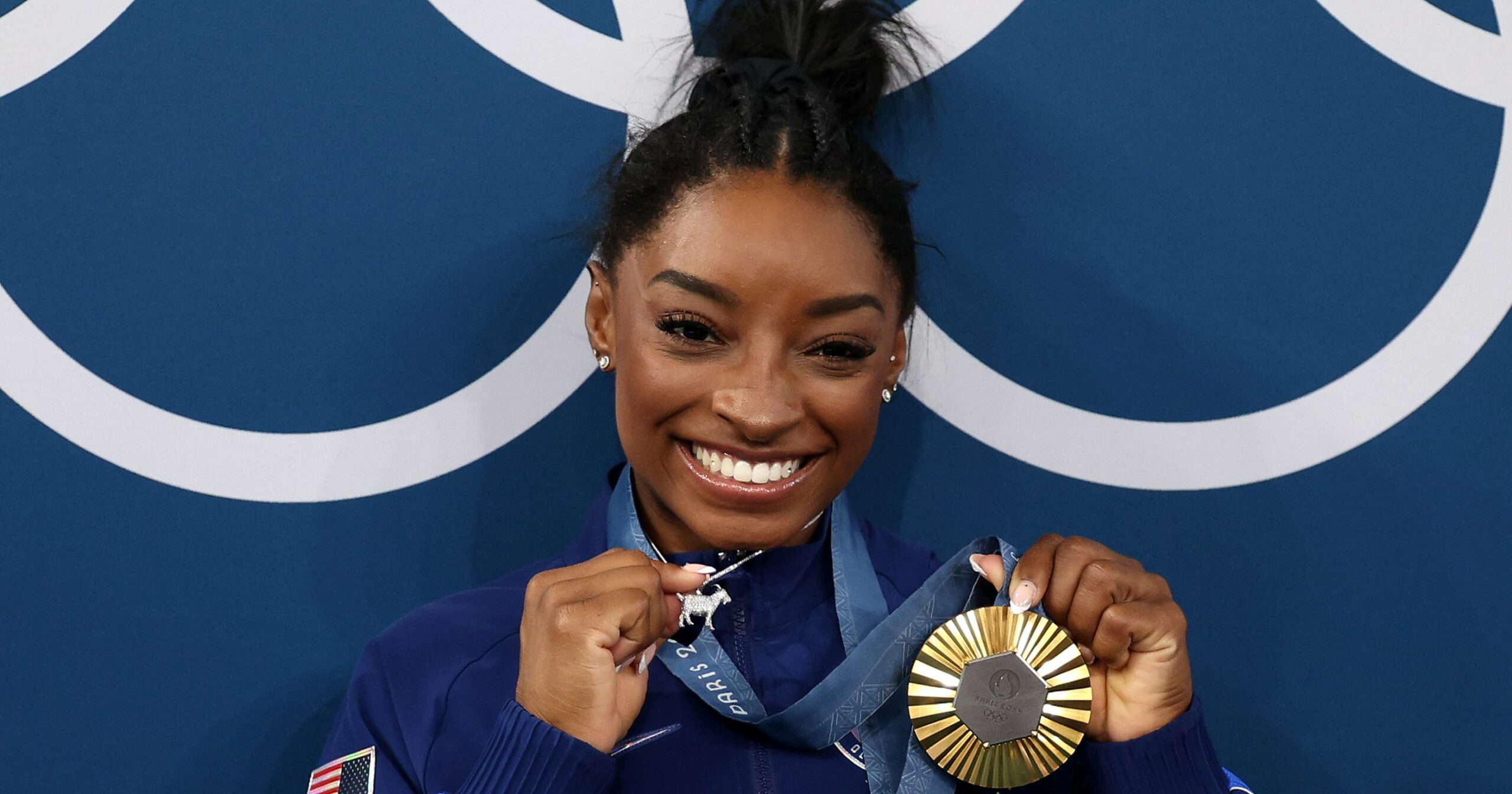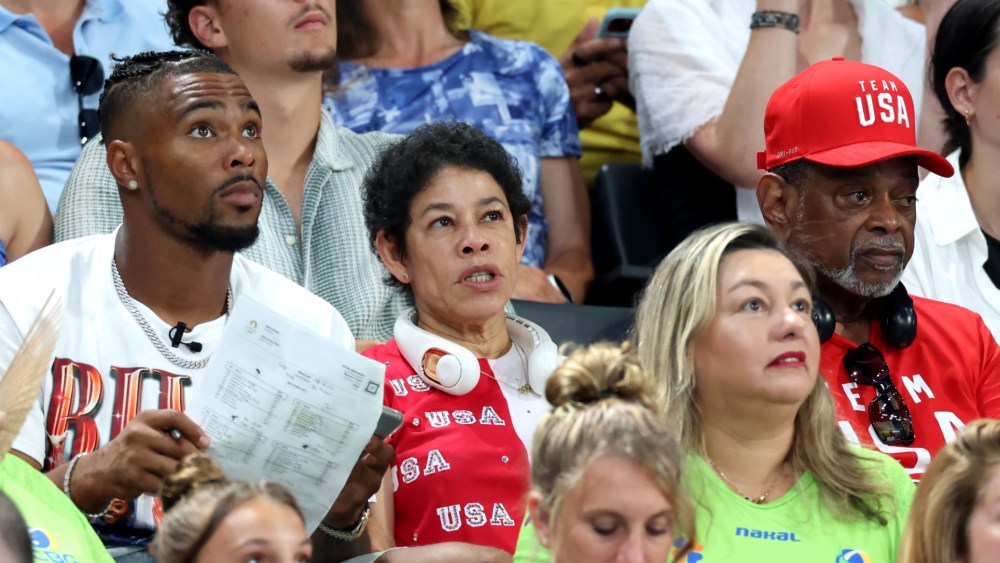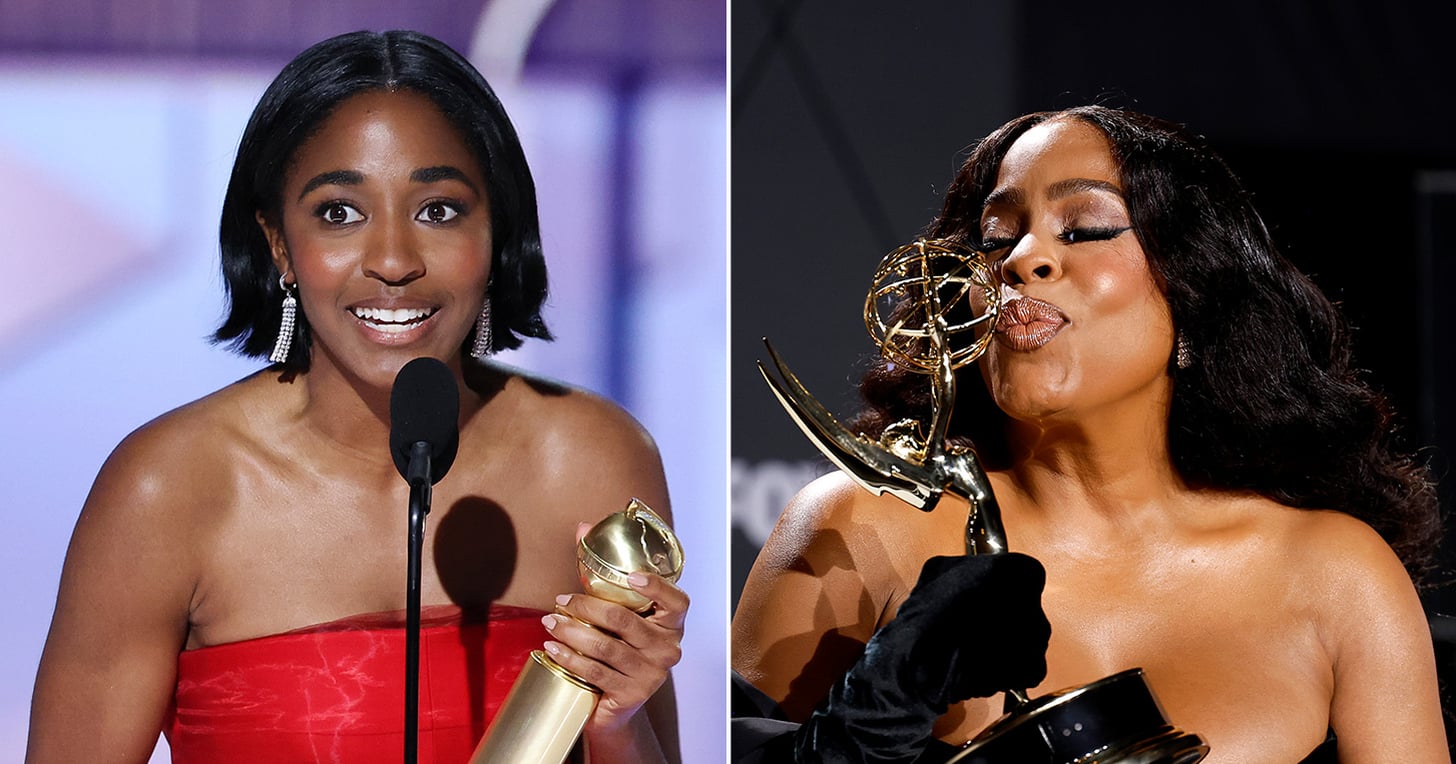The metaverse may be yesterday’s news to the media, but its incarnations live on, even thrive. Just don’t use the “m” word. Call it gaming or virtual fashion instead — like Adidas’ latest collaboration on Roblox, which included a digital necklace that recently sold for roughly $20,000.
The athleticwear and sneaker giant worked with @WhoseTrade, a 25-year-old Cleveland-based Roblox creator named Jonathan Courtney, in a UGC (or user-generated content) partnership. The deal, which saw several items drop during May, culminated in the virtual chain plus customized physical product, selling for 2 million Robux almost instantly.
According to Thomas Wehner, an Adidas executive who has run strategy, sustainability, virtual world and gaming initiatives, the company was on the hunt for a creative Roblox collaborator with strong community ties, in an effort that mirrored its real-life partnerships.
“We are a collaborator brand,” he told WWD. “We’ve done this in hip-hop. We’ve done this in skate from the ’70s, ’80s and we continue to do this in the 21st century as well. So we were just essentially sliding into his DMs, gifting him, I think, a campus footwear item.”
Courtney remembers it differently. As a creator who has worked with brands before — such as music company Monstercat, the Leukemia and Lymphoma Society and consumer brand Nivea — and as a fan of the sneaker brand since childhood, he approached the company when he saw it being active with digital drops.
However it started, both partners recognized the match, and it resulted in a whimsical collection for Roblox users.
For Adidas, which has staged a yearslong effort in gaming, that was no fluke. It’s all part of a strategy that has crystallized only recently, with its vision spawning a dedicated new business unit.
From Drops to Outpouring
Adidas opened its archive to inspire Courtney, then worked with Courtney, offering feedback on the @WhoseTrade drops, which resulted in a collection that swings from the delightfully absurd to the seriously coveted.
The series included a rainbow ski mask, shoe box backpack, boombox and even an Adidas-styled banana — which, at more than 1,000 on offer, sold out in roughly half an hour.
“That was me pushing to see how far [I could go],” Courtney explained. “Very few people would say yes, let’s make a virtual banana, and they actually said yes, which was great.
“It’s not typical for brands to do, but I really hope that keeps changing, as brands began to trust creators more with what we know about the platform and our community.”

The banana and others primed the pump for the digital necklace, which debuted a couple of weeks ago.
The item was almost instantly snapped up by Simon Burgess, a digital collector and cofounder of Abracadabra Studio, developer of the popular SharkBite series of Roblox games.
Burgess owns more than 5,000 limited items, but this necklace “is already a highlight of my collection,” he told WWD, “because not only do you receive the [singularly unique] limited item that is resellable on the platform, but also a physical one-of-a-kind custom pair of Adidas shoes in the real world too.”
The bundle includes a real-world pair of customized F-50 Elite Laceless Fast Reborn FG Boots, a revival of Adidas’ celebrated shoe in honor of its 20th anniversary.
Digital-physical pairings, what retail and marketing dubbed “phygital,” come in different forms — from virtual replicas of real products to digital collectibles that offer exclusive access to real-life events. Roblox, which has been expanding in-game shopping opportunities, increasingly sees brands jumping on this bandwagon.
But the Adidas executive insists that it’s not just about selling things. It’s about creativity, authenticity and taking part in how people fashion their virtual identities.
This matters to the younger consumers who flock to games and fuels a cottage industry of avatar skins, hair and costumes. That’s also what attracts brands like Gucci, Louis Vuitton, Balenciaga and many more to these platforms.
“It’s like part of your identity almost, and this is what we want to speak to when we come to games,” Wehner said. “We really want to create options for virtual identity for these players that are authentic to the platform and authentic to the player base.”
Why Adidas Is Ripe for Bananas…and More
There’s a direct line between Adidas’ interests in virtual worlds and gaming — across blockchain efforts and NFTs (Bored Ape Yacht Club, for instance) and platforms such as Fortnite, Minecraft and now, as of December 2023, Roblox — and where the brand sees its path in the virtual future.

And it’s not completely divorced from the physical business.
“Just look into the collaborations that we’re doing in the real world with Jeremy Scott or with someone else,” Wehner continued. “There’s lots of creativity that we allow on a physical product, but now you’re moving into a unlimited unrestricted world of virtual, [and] we don’t want to be too prohibitive of what the framework is.”
That explains why a global athleticwear giant like Adidas has no qualms about putting its branding on a virtual banana. This sort of thinking flies in the face of conventional business wisdom, which rigidly protects branding amid fears of brand dilution. But that’s an oh-so serious, carefully curated approach doesn’t necessarily fit in gaming platforms, where authenticity — and perhaps a sense of humor — resonates best.
According to Adidas, authenticity and creativity inform the company’s roadmap of virtual projects, which is already planned out through 2027.
Of course, anything can happen over the next few years. What the company is sure about, however, is that it won’t be a purely digital play. At times, those efforts will include physical product, Wehner said.
For now, Adidas is surveying the possibilities. It’s eyeing emerging platforms for brand fit, including category-specific games like the sports genre. It’s also preparing a sweep of new initiatives over the next two to three months. Wehner couldn’t disclose the exact nature of those projects, but it’s hard to overlook the timing, with the start of the 2024 Paris Games.
In the meantime, while all of that is in play, Adidas is fashioning the underlying organizational structure underpinning these projects, with a new business unit dedicated to gaming.
First Mover Advantage
Launched quietly in January and headed by Wehner, Adidas Gaming is still working through its early days. “For now, we really set this up as a sales operation that comes with a cherry on top of having brand awareness,” he said.
Puja Chakraborty, head of product at Adidas Gaming, doubled down on authenticity that power these types of projects — and more.

This Roblox collaboration was “very authentic, and that’s exactly what we also [strive for] in the real-life products, in the physical products…we stay authentic to the collaborator, to that creator,” she said. “WhoseTrade has been on the platform, and we wanted to have a perfect marriage between his authenticity, his credibility, and what we do and what we stand as a brand and our brand values.”
That’s a key ingredient of the work, but it’s not the only aspect for Adidas Gaming. The other is timing and moving nimbly. For instance, it took just eight weeks from briefing to opening its first pop-up store on Roblox. The @WhoseTrade drops took even less time, at roughly six weeks or so. The next few weeks will bring more efforts that, Adidas hopes, will delight a gaming community that skews younger.
“We are in the industry of producing cultural product and sports product, and there’s so much of it in the virtual space,” Wehner added. “It’s not even a question that we should be in there, to be quite honest.
“So everyone who is not building virtual fashion or virtual product, I think they will miss out — which is good for us, because it gives us a little first mover advantage over the next couple of years to really build awareness and loyalty with a very young target audience, and also Gen Z.”



